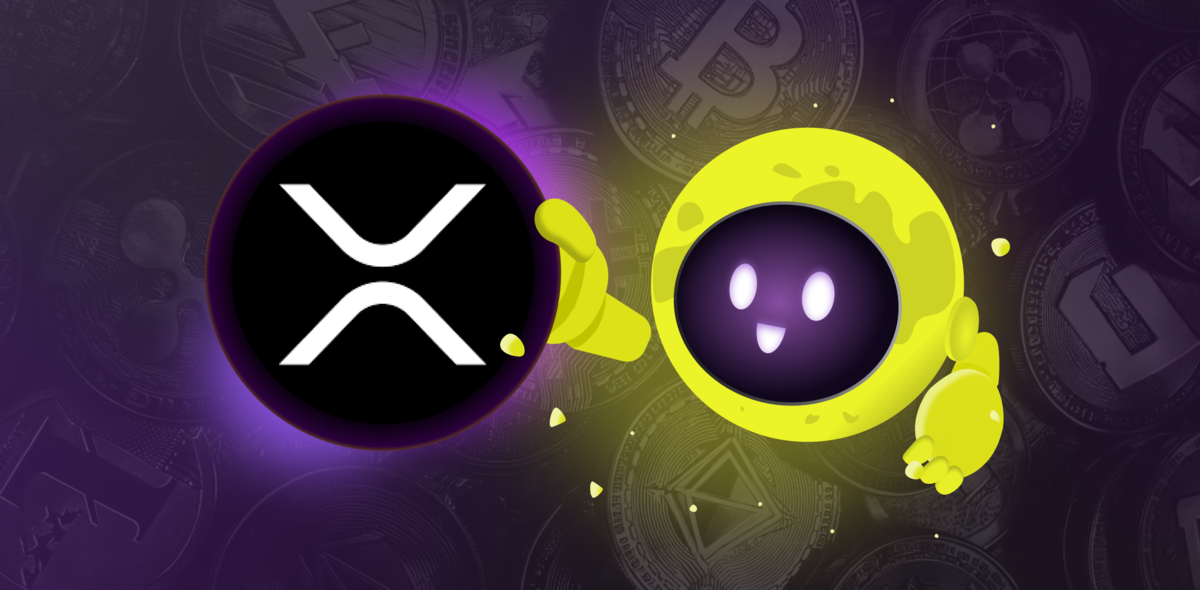
Bitcoin was created back in 2009 and became the first cryptocurrency ever. Cryptocurrencies have become increasingly popular in the last few years as they offer an efficient and decentralized way of transferring money. Cryptocurrencies have always been an alternative to banks and fiat money. But why do they have any value at all and who dictates what they are worth? The value of Bitcoin is really calculated through supply and demand. The digital asset itself is backed by nothing more than perhaps the blockchain ledger. Every single cryptocurrency uses a blockchain ledger, a system that records transactions between two or more parties in a verifiable and permanent way. This certainly adds value to Bitcoin and cryptocurrencies. However, it is not what determines their price.
Why Things Have Value
Why does anything have any value at all? It is mostly because of supply and demand. Traditional currencies, for instance, are only backed by the government that issued them. Digital money like Bitcoin is not backed or pegged to any physical reserves like gold and can certainly lose value due to different factors. Cryptocurrencies have value because they require "work" to exist. Cryptocurrencies are maintained thanks to the mining process, a process in which transactions are verified by different people. This process requires a certain amount of work, electricity, and money.
Key Factors That Affect The Value of Cryptocurrencies
Since most cryptocurrencies are not physically backed by anything, their value is determined through supply and demand based on a few important factors. One of the biggest advantages of cryptocurrencies is scarcity. The supply of most cryptocurrencies is fixed, and, unlike traditional currencies, no one can issue more than the maximum limit. This means that cryptocurrencies are deflationary by nature. Another key factor that benefits cryptocurrencies is divisibility. Any cryptocurrency can be divided into smaller units. A simple change in Bitcoin’s code could allow the digital asset to be divided into infinitely smaller units at any time. Additionally, transferring cryptocurrencies can be extremely fast and cheap compared to traditional methods. Fees are somewhat fixed no matter the amount you send, which means that theoretically you could send 1 million Bitcoins to someone and pay only a few dollars in fees (or even less). In a way, one could say that Bitcoin and cryptocurrencies are backed by the public’s faith in them as they have realized that the current monetary system is not as robust as one might think.
Why Are Cryptocurrencies so Volatile Then?
In comparison to traditional currencies and even stocks, cryptocurrencies are far more volatile, meaning that the current price of any given crypto can change drastically in hours. It’s quite common to see Bitcoin’s price go up or down 5-10% within a few days. In fact, even in periods of low volatility, most cryptocurrencies still experience price moves of up to 1-2%, which is considered extremely high in traditional markets. The explanation, however, is quite simple. Cryptocurrencies, in general, lack the liquidity that the rest of the markets enjoy. According to statistics from Statista, the average daily turnover in the global foreign exchange market was around $6.5 trillion daily. The cryptocurrency market, on average, sees around $80 billion in daily trading volume, and according to various sources, a lot of the volume is actually fake. The problem with illiquidity is that someone who wants to sell or buy a huge amount of Bitcoin or any cryptocurrency will simply ‘eat’ all the orders in the order book of the exchange, catapulting the price up or crashing it. That is the only reason why cryptocurrencies, in general, are extremely volatile.
Some Cryptocurrencies Are Actually Backed by Things
There are, however, some cryptocurrencies that are backed by gold, assets, and even fiat money. Tether (USDT) became the most popular cryptocurrency backed by fiat, later known as a stablecoin.
Stablecoins
A stablecoin is designed to always be worth $1.00 by maintaining 1 dollar in some sort of reserve. The first stablecoin to become widely popular was Tether, however, there was a lot of controversy surrounding it. Most of the criticism came from the fact that Tether Limited was unable to prove they actually have the funds to cover all the Tether issued. Additionally, on 30 April 2019, Tether Limited’s lawyer actually admitted that each coin is only backed by $0.74 in cash. Currently, there are over a dozen stablecoins that are backed by fiat, commodities, and even cryptocurrencies. TrueUSD is similar to Tether but it is considered to be one of the most reliable stablecoins currently as the company behind it has been extremely transparent and conducted an independent audit back in March 2019.A more complex stablecoin is Dai, which is backed by Ethereum and pegged to the dollar. The system behind Dai basically locks Ethereum in a public contract. If the value of Dai distances too far from $1, the system will make use of the contract to stabilize it back. There is, however, a small problem: Dai is not entirely decentralized as the technology behind it is being monitored by the Maker Foundation. DigixDAO (DGD) is another stablecoin and it’s backed by bars of actual gold (we can name Tether Gold and Pax Gold in this row as well). DigixDAO is an ERC-20 token created back in 2014. The digital asset is entirely decentralized and autonomous and can in fact be extended to be backed by other precious metals and even physical assets. According to the company, the gold is stored in custodial vaults at the Singapore Safe House, and 1 DGX will always equal 1 gram of gold.
Cryptocurrencies Backed by Assets
Not all cryptocurrencies backed by assets are stablecoins. For instance, the first oil-backed cryptocurrency was introduced by Venezuelan President Nicolas Maduro back in 2017. El Petro, although highly criticized, is supposedly the first cryptocurrency to be backed by oil thanks to the country’s huge oil and mineral reserves. Petro is, however, not pegged to anything, and its value can increase or decrease at any given time.
Tokenization of Assets
Something that has become quite popular over the last few years is the tokenization of traditional stocks and assets. There are countless blockchain startups tokenizing almost anything to represent ownership. The tokenization of assets brings numerous benefits like greater liquidity, more transparency, cheaper and faster transactions, and more accessibility. Tokenization itself is quite difficult to regulate, and all tokenization assets have to be compliant with the law, something that issuers struggle to achieve.
Conclusion
While traditional cryptocurrencies are not necessarily backed by anything physical, they still hold a lot of value solely based on supply and demand. This is the case with numerous other assets and even fiat money. Cryptocurrencies have come a long way and there is a wide variety of them. Stablecoins are the most popular when it comes to asset-backed cryptocurrencies. They serve as an alternative to fiat money and bring a lot of liquidity to the market. There are definitely concerns as people question their stability, however, they have become an important factor in the market. Additionally, other projects aside from stablecoins have implemented asset-backed cryptocurrencies. There are numerous cryptocurrencies out there backed by precious metals, physical assets, stocks, and even other cryptocurrencies. We are definitely going to see even more in the near future as they bring a lot more security to investors and the crypto space in general.




